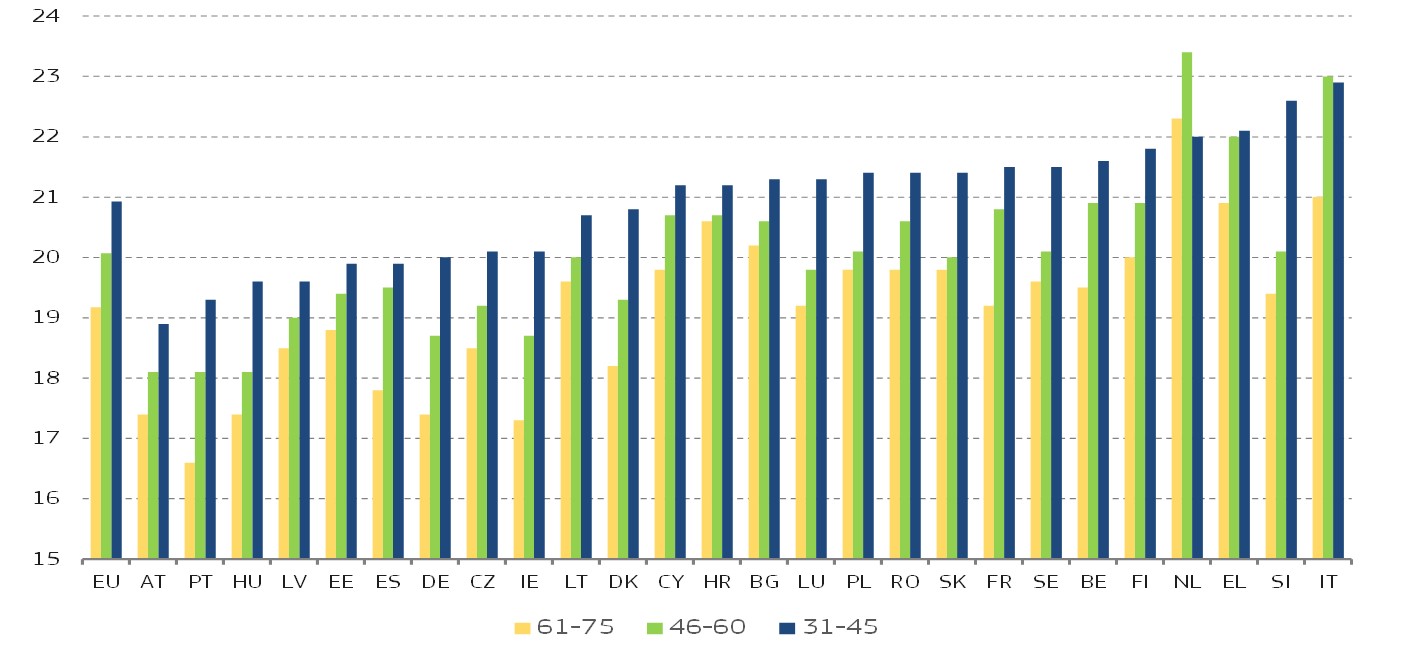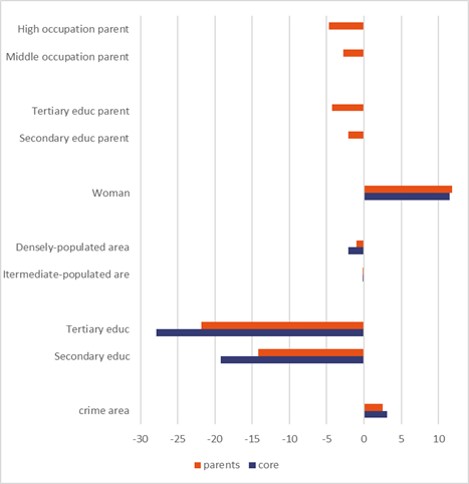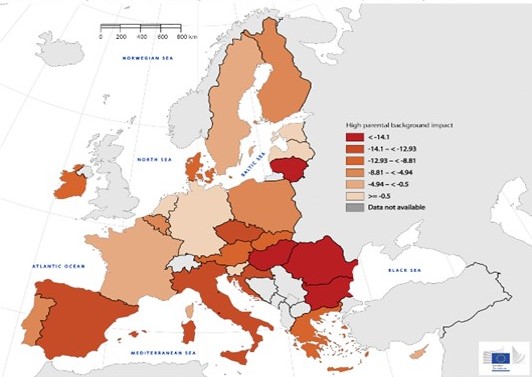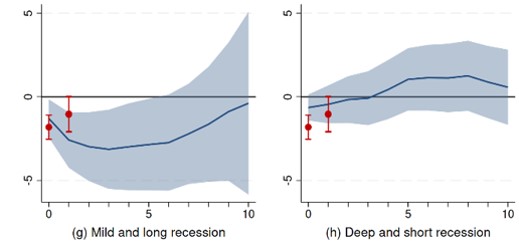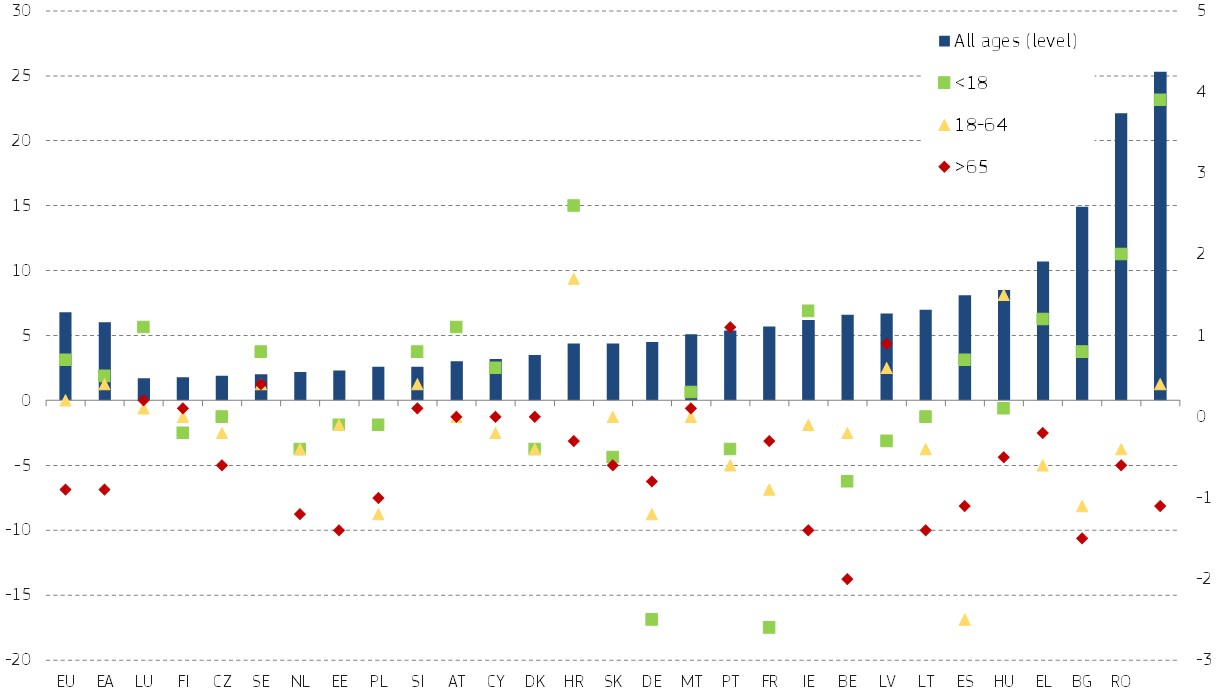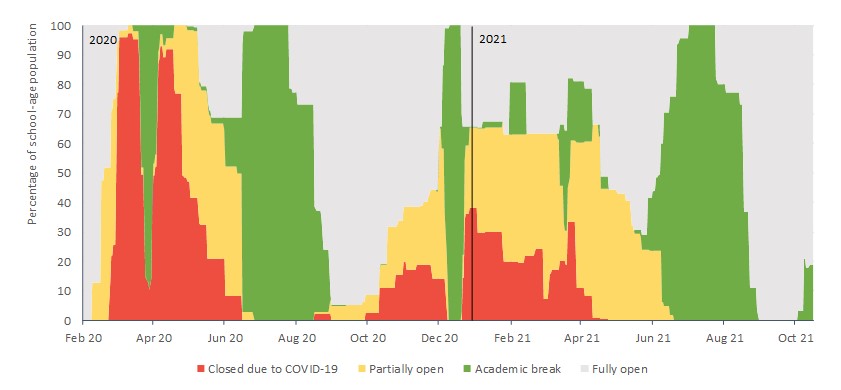Employment and Social Developments in Europe 2022 report shows young people most affected by job losses to economic impact of COVID-19
The Commission has published the 2022 edition of the Employment and Social Developments in Europe (ESDE) review.
Amongst other findings, the report shows young people were among the most negatively affected by job losses during the economic crisis triggered by the COVID-19 pandemic. It also shows that the recovery was slower for them than for other age groups. Possible explanations are linked to their high share of fixed-term contracts and difficulties in finding a first job after leaving school, university, or training.
The new report helps identify and underpin the employment and social policies needed to address the challenges young people are facing to become economically independent, in the face of a worsening socio-economic situation due to Russia's invasion of Ukraine.
Main findings
-
The recovery from the COVID-19 pandemic was not evenly spread. The young (under 30 years of age) still face significant challenges to find jobs, or to find jobs that match their skills and experience. While youth unemployment decreased in 2021, particularly towards the end of the year, it remained 1 percentage point (pp) higher than before the crisis (in 2019). Of those in work, nearly 1 in 2 young people (45.9%) had temporary contracts, compared to 1 in 10 for all workers (10.2%).
-
On average, young people are more likely to face a challenging social and financial situation. Already prior to the pandemic, the labour income of young people was more volatile than that of older workers. Households headed by young people experienced more poverty, although there are marked differences across EU countries. Young people faced difficulties in meeting their everyday expenses, such as those for bills and rent, with 61% of them worrying about finding or maintaining adequate housing in the next ten years.
-
The challenges young people face depend on their level of education and on their socio-economic background. Young people with secondary education are 19pp less likely to end up in a situation where they do not work and are not in education or training than those with a lower education level. For those with tertiary education, this risk is 28pp lower. Young people from a disadvantaged background are even less likely to be in employment, education or training.
-
Gender is another factor prompting inequality amongst young people. When they start their careers, young women in the EU earn on average 7.2% less than their male colleagues, a gap which widens with age. At EU level, only a small proportion of this gap – 0.5pp – results from women's educational achievements, occupational choices, job experiences and the type of work contract they have.
Background
The annual Employment and Social Developments in Europe review prepared by the Directorate-General of Employment, Social Affairs and Inclusion provides up-to-date economic analysis of employment and social trends in Europe and discusses related policy options.
It is the European Commission’s analytical flagship report in the area of employment and social affairs, mandated by Articles 151, 159 and 161 of the Treaty on the Functioning of the European Union (TFEU).
Charts
Note: Impulse responses shown separately for short recessions (only one year, about 25% of recessions in the sample); long recessions (more than two years, about 25% of the sample); mild recessions (maximum loss in GDP is below the first quartile); and deep recession (maximum loss in GDP is above the third quartile).
Source: DG EMPL estimates, based on OECD data.
Note: The unadjusted gender pay gap refers to the percentage difference in gross hourly pay of young women and men before adjusting for the average differences in their characteristics. The explained gender pay gap refers to percentage difference in hourly pay of women and men due to differences in their average characteristics, while the unexplained pay gap captures pay differences that remain after adjusting for the characteristics of women and men.
Source: Eurostat calculations, based on 2018 structure of earnings survey (SES) data
Note: The indicator of inequality of opportunity is the MLD of the estimated distribution of household disposable income determined by external circumstances: gender, parental occupation, parental education, country of birth and family composition. Bulgaria, Romania and Croatia data not available in 2005.
Source: DG EMPL and external collaborators' calculations, based on EU-SILC 2005, 2011 and 2019 ad-hoc modules on intergenerational transmission of disadvantages.
Note: ‘School-age population’ refers to 4-17-year-olds. School closure statuses defined as: i) Closed due to COVID-19: government-mandated closures of educational institutions affecting most or all of the student population enrolled from pre-primary through to upper secondary levels [ISCED levels 0-3]; ii) Academic break: most schools across the country on scheduled breaks, with all study suspended; iii) Fully open: classes held exclusively in person in most schools, with measures to ensure safety and hygiene varying by context and level of education; iv) Partially open: schools are (a) open/closed in certain regions only, and/or (b) open/closed for some grade levels/age groups only, and/or (c) open but with reduced in-person class time, combined with distance learning (hybrid approach). Data for Ireland and Slovenia not available at the time of writing.
Source: United Nations Educational, Scientific and Cultural Organization (UNESCO) (2021a) and UNESCO Institute for Statistics (UIS) Education Database.
